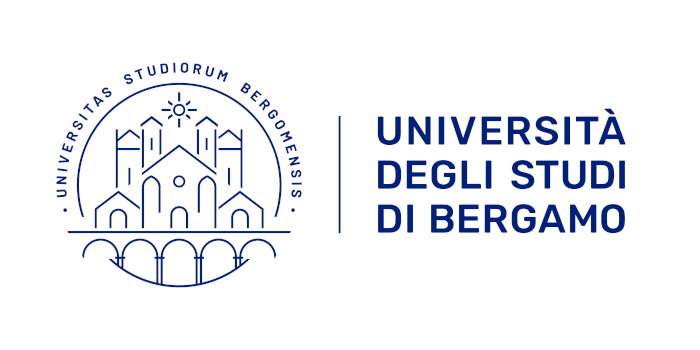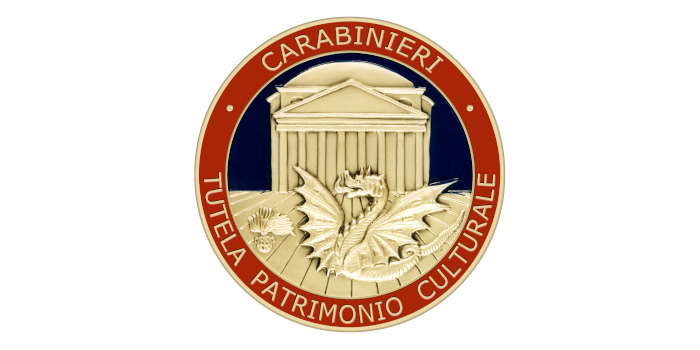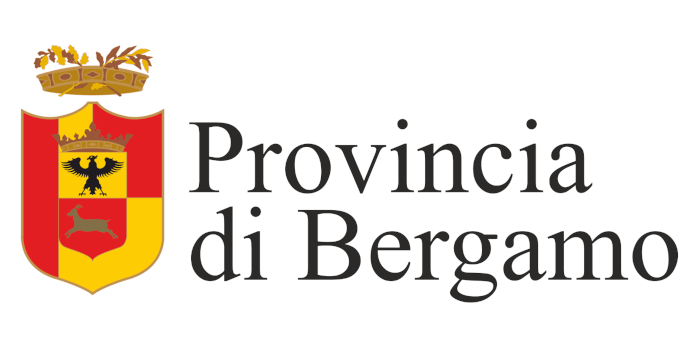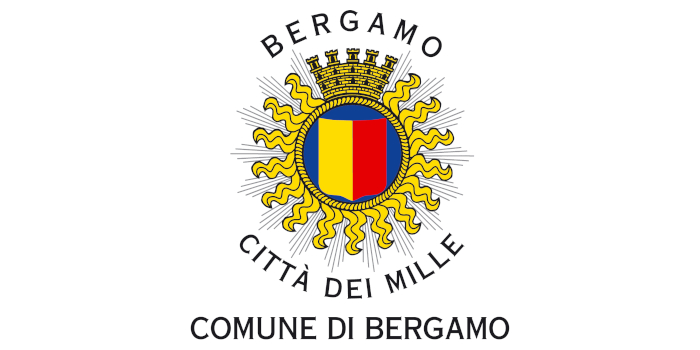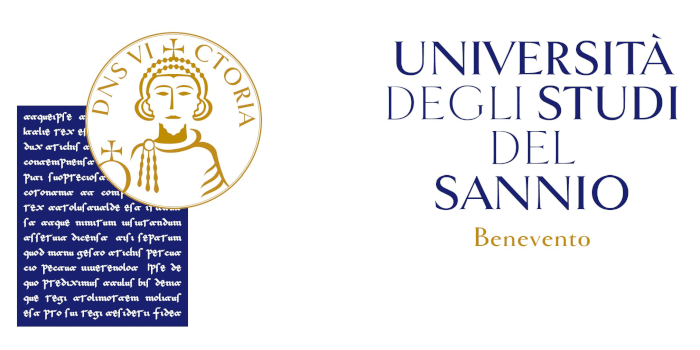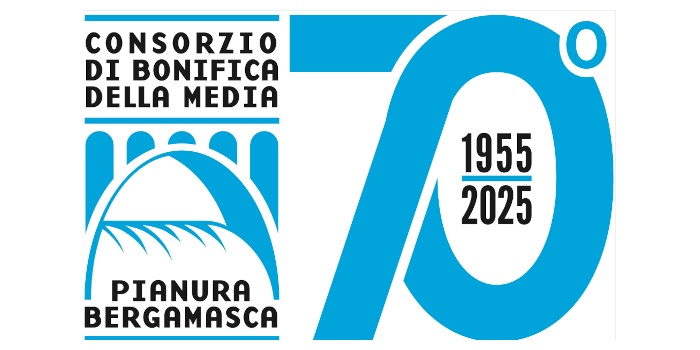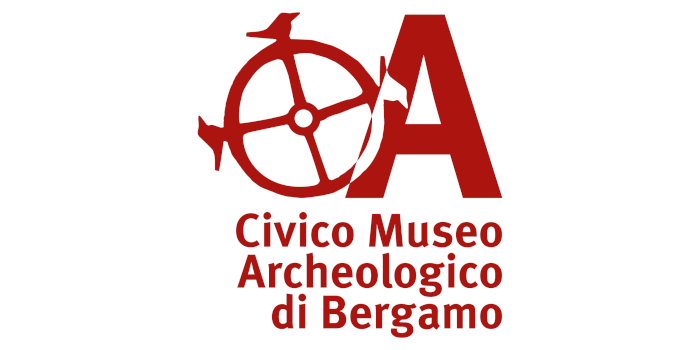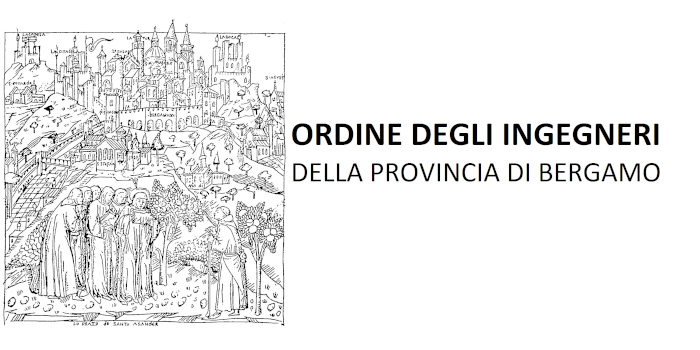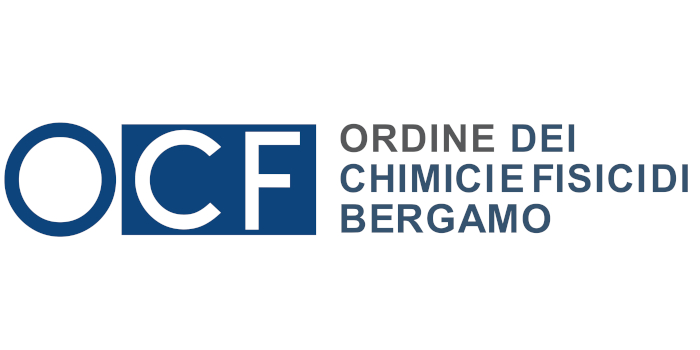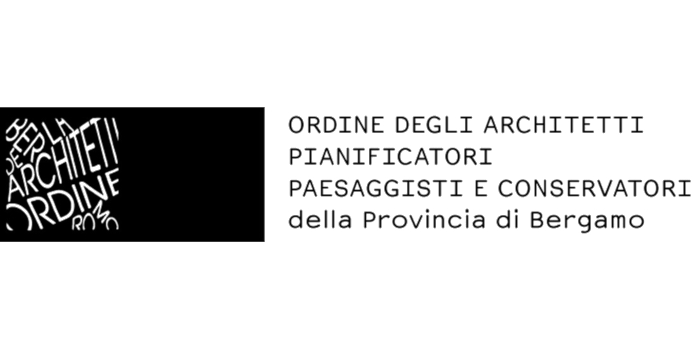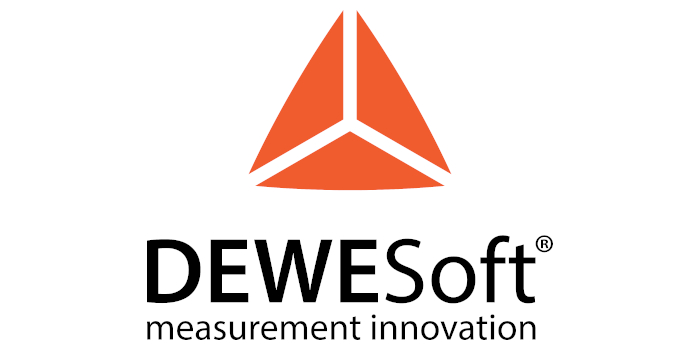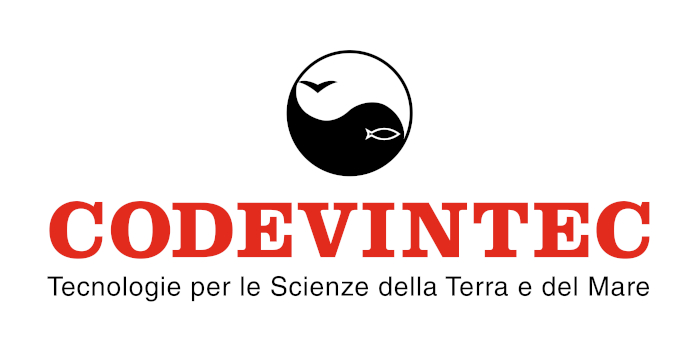SPECIAL SESSION #20
Digital Data Management Platforms for Built Heritage: Innovation, Documentation and Conservation
ORGANIZED BY
Maisa Almeida
Postdoctoral fellow at the Institute of Architecture and Urbanism, University of São Paulo (IAU-USP)
Alfonso Ippolito
Full Professor at the Department of History, Design, and Restoration of Architecture (DSDRA), Sapienza University of Rome, Italy
Marcio Fabricio
Full Professor at the University of São Paulo, Architecture and Urbanism Institute (IAU USP)
Simone Vizioli
Professor at the Institute of Architecture and Urbanism, University of São Paulo (IAU USP)
ABSTRACT
The growing interest in the fields of art history, architecture and urban history, coupled with the digitisation of cultural heritage promoted by international initiatives such as those of the United Nations Educational, Scientific and Cultural Organisation (UNESCO), has highlighted the importance of inventories, cataloguing systems and specialised digital tools for the documentation, management and research of cultural heritage. In this context, platforms have become an important means of understanding the processes of information creation, production and delivery, providing access to integrated databases and digital repositories that are accessible to a wider public.
Cultural heritage management is challenged by the vast amount of heterogeneous and fragmented information that needs to be researched, documented and structured. The creation of digital models of cultural assets requires specific descriptors through metadata, which are fundamental for interpretation and interoperability. However, the documentation of these digital archives is complex and ongoing, requiring revision and collation of existing information, and each digital model is created for specific purposes and can be modified to meet different needs.
However, the documentation of these digital archives is complex and ongoing, requiring revision and collation of existing information, and each digital model is created for specific purposes and can be modified to meet different needs. Metadata therefore give digital models their identity, link them to other information and facilitate their dissemination and appropriate use.
The intersection between theory, methods and application makes it possible to achieve complete results in the documentation, analysis and interpretation of cultural heritage. In a context where innovative technologies such as 3D modelling, laser scanners, massive data capture systems and machine learning have proven to be important tools for interpreting material elements, reconstructing design processes and studying and simulating formal and spatial characteristics at different scales.
Considering the methods used to create digital platforms and the need to define metadata schemes for processing 3D models of cultural heritage, this session aims to discuss the different methods of data acquisition and processing, taking into account their accuracy, specific purposes and possible interferences, in order to meet the requirements of management and representation with the identification, recording and enhancement of tangible and intangible cultural aspects through a digital platform of digital data management, highlighting their ability to integrate different data acquisition and processing methodologies. The aim is to discuss the development of repositories that combine spatial, geometric and temporal dimensions, enabling interdisciplinary and longitudinal analyses.
The aim of this session is to bring together researchers and practitioners working at the intersection of technology and heritage in order to stimulate debate on the challenges and opportunities in the design of effective digital heritage management platforms for the recording, research and dissemination of cultural heritage.
TOPICS
Topics of interest for this Special Session include but are not limited to:
- Integrated overview of digital data management platforms for different scales of heritage objects (structures, architecture, fragments).
- State of the art in data fusion and integration in digital data management platforms; boundaries between 3D data (numerical models, point cloud) and 3D models (solid or surface) as a result of intelligent processes.
- Machine learning results and comparison with academic interpretations of digital data management platforms; BIM and GIS processes in digital data management platforms; integration and hybridisation of methodologies.
- New challenges of heritage digitisation in digital data management platforms.
- Impact of digital data management platforms on research communication and heritage education.
ABOUT THE ORGANIZERS
Maisa Almeida postdoctoral fellow at the Institute of Architecture and Urbanism, University of São Paulo (IAU-USP), Brazil, with a research fellowship at Sapienza University of Rome in 2024, funded by a FAPESP grant. Visiting professor at TPTI Master’s Programme (University of Évora, Université Paris 1 Panthéon-Sorbonne, Università di Padova) (2022-2023) Ph.D. and MSc in Theory and History of Architecture and Urbanism (IAU-USP) and Master in Études Urbaines en Régions Méditerranéennes (EURmed). Researcher at LEAUC, ARQUITEC, and CIDEHUS, focusing on cultural heritage, digital documentation, and heritage conservation. Member of Docomomo SP and ICOMOS.
ORCID: orcid.org/0000-0001-8824-1738
Lattes: lattes.cnpq.br/7200797707764904
Alfonso Ippolito full Professor at the Department of History, Design, and Restoration of Architecture (DSDRA), Sapienza University of Rome. Coordinator of the KNOW.it project on digital heritage (Next Generation EU). Ph.D. in Survey and Representation of Architecture (2006) and Postdoctoral Researcher (2007) at Sapienza University of Rome. Architect (2000) specializing in landscape architecture. Member of the Virtual Archaeological Museum of Narce and President of the Master’s Program in Architecture (Restoration). Research focuses on digital documentation, 3D scanning, and architectural restoration.
ORCID: orcid.org/0000-0002-6370-4684
Google Scholar: scholar.google.com/citations?user=_9GTru8AAAAJ&
Academia.edu: uniroma1.academia.edu/alfonsoippolito
Marcio Fabricio full Professor at the University of São Paulo, Architecture and Urbanism Institute (IAU USP). Leader of the research group Architecture, Innovation and Technology (Arquitec). Doctor of Engineering from the Polytechnic School of USP (2002), Master in Architecture and Urbanism from EESC USP (1996), Civil Engineer from the Federal University of São Carlos (1993). He was President of the National Association of the Built Environment Technology (from November 2012 to nov. 2014). Research areas: Design Management, BIM and HBIM.
ORCID: orcid.org/0000-0003-1515-6086
Lattes: lattes.cnpq.br/0618509402775224
Simone Vizioli professor at the Institute of Architecture and Urbanism, University of São Paulo (IAU USP). Ph.D. (2006), M.Sc. (1998), and Bachelor's in Architecture and Urbanism (1991) from FAU USP. Capes Print Fellow at Sapienza University of Rome (2021–2022, 2024). She is co-founder and co-coordinator of the N.ELAC Research Group. President of the IAU USP Culture and Extension Commission (since 2022). Her research focuses on representation and language in architecture, including analog and digital drawing, projective processes, 3D digital mapping, and heritage education. She has chaired and co-chaired major academic events and led FAPESP-funded projects on digital heritage documentation and mapping.
ORCID orcid.org/0000-0002-7057-6836
Lattes: lattes.cnpq.br/3326184726476427



